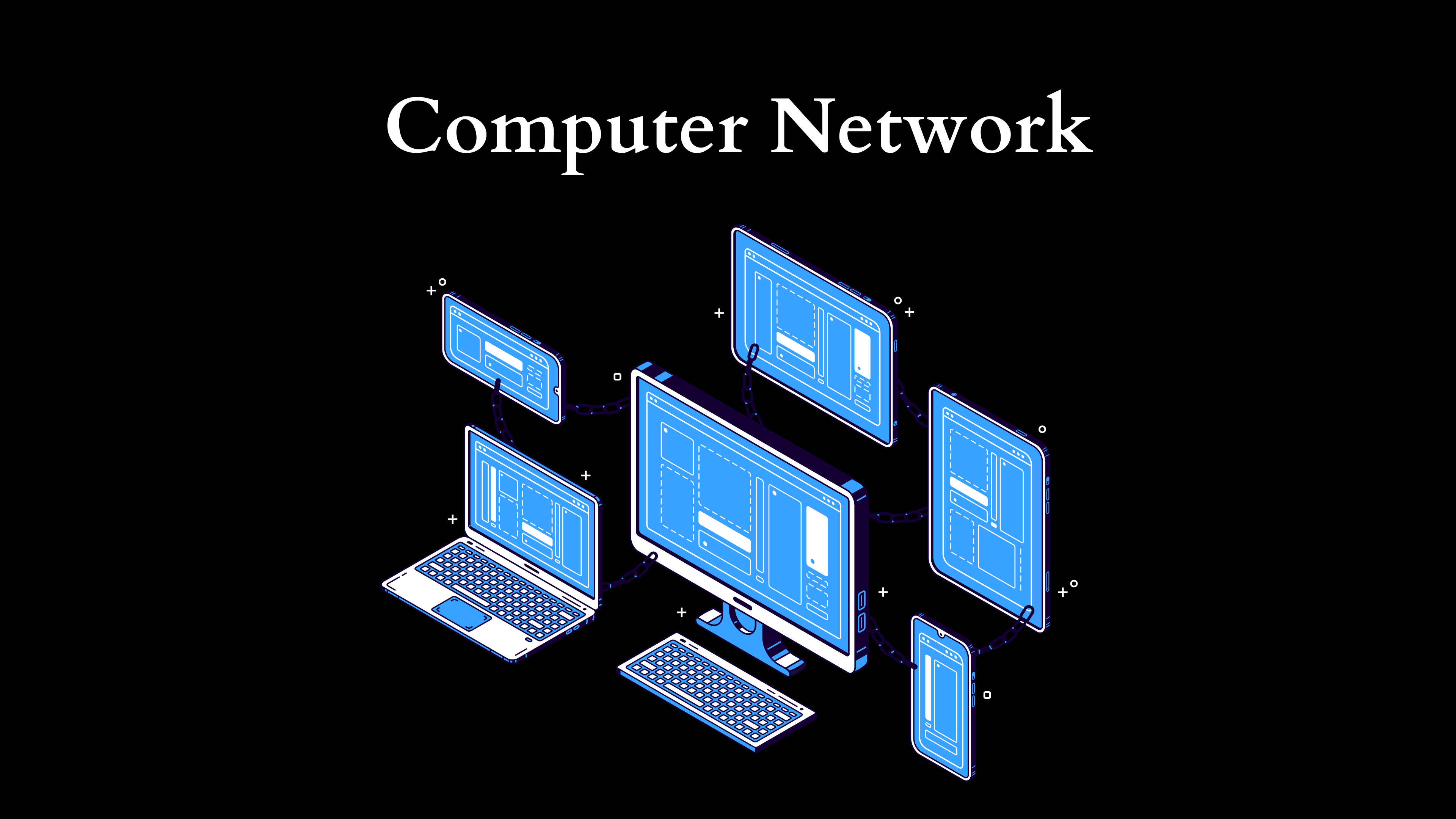Understanding Computer Networks: Foundations, Types, and Future Trends
In today’s digitally interconnected world, the significance of computer networks cannot be overstated. Whether it’s for personal use, business operations, or large-scale governmental activities, the ability to connect multiple computing devices and facilitate seamless communication forms the backbone of modern technology. This blog post aims to explore the foundational concepts of computer networks, their various types, their architecture, current trends, and future developments.

What is a Computer Network?
At its core, a computer network is a collection of interconnected devices that can communicate with one another to share resources, information, and data. These devices, which can include computers, servers, routers, and switches, communicate over cable, fiber optics, or wireless connections. The primary purpose of a network is to facilitate data exchange and enable multiple users or systems to access shared resources effectively.
Key Components of a Computer Network
- Nodes: These are the individual devices on the network. Nodes can be computers, printers, servers, or other devices capable of sending and receiving data.
- Links: These are the physical or wireless connections that allow nodes to communicate with each other. Links can be of various types, including copper wiring, fiber optic cables, and radio waves.
- Network Interface Cards (NIC): Each networked device is equipped with a NIC that allows it to connect to the network. This hardware component converts data into a format suitable for transmission.
- Switches and Routers: Switches manage the flow of data within a local network, directing data packets to their intended destination. Routers connect different networks and manage traffic between them, enabling communication across diverse networks.
- Protocols: These are the set of rules that dictate how data is transmitted across the network. Popular protocols include Transmission Control Protocol/Internet Protocol (TCP/IP), Hypertext Transfer Protocol (HTTP), and File Transfer Protocol (FTP).
Types of Computer Networks
Computer networks can be classified based on their size, architecture, and the extent of their geographical spread. The primary types of networks are:
1. Local Area Network (LAN)
LANs are networks that cover a small geographic area, typically within a single building or campus. They are commonly used in homes, schools, and small offices. LANs allow devices to share resources such as printers and files, and they usually offer high data transfer rates.
2. Wide Area Network (WAN)
WANs span large geographic areas, often connecting multiple LANs over long distances. The internet is the largest and most well-known WAN, but organizations may also create their own WANs to link offices in different cities or countries. WANs tend to have slower data transfer rates compared to LANs due to the greater distances involved.
3. Metropolitan Area Network (MAN)
MANs cover a larger geographic area than LANs but are smaller than WANs. They typically connect multiple LANs within a specific city or region, allowing organizations to share resources and information more effectively within that area.
4. Personal Area Network (PAN)
PANs are small networks, usually within a very limited range (a few meters), designed for personal devices. They enable devices like smartphones, tablets, laptops, and wearables to connect and communicate wirelessly, often using Bluetooth technology.
5. Virtual Private Network (VPN)
VPNs allow users to connect to a secure network over the internet, creating a private tunnel for data transmission. They are commonly used by businesses to enable remote access to resources while maintaining security and privacy.
Network Architecture
Understanding network architecture is crucial for anyone involved in designing, building, or maintaining a computer network. The two predominant architecture models are:
1. Client-Server Architecture
In this model, client devices request resources or services from a centralized server. The server processes these requests and returns the appropriate data or service. This architecture is beneficial for organizations as it centralizes data management and facilitates easier resource sharing.
2. Peer-to-Peer (P2P) Architecture
In contrast, P2P architecture allows all devices (peers) on the network to function both as clients and servers. Each device can share resources and communicate directly with others without the need for a central server. This model is often easier to set up and is commonly used for file-sharing applications.
Current Trends in Computer Networking
As technology evolves, computer networking is undergoing significant changes that are reshaping how networks are constructed, managed, and secured. Some current trends include:
1. Software-Defined Networking (SDN)
SDN separates the control logic of a network from its data forwarding elements. This approach allows network administrators to manage traffic efficiently through centralized software, improving flexibility and reducing operational costs.
2. Network Function Virtualization (NFV)
NFV decouples network functions (like firewalls, load balancers, and routers) from hardware appliances, allowing them to run as virtual machines on standard servers. This technology helps organizations reduce costs, streamline operations, and improve scalability.
3. Internet of Things (IoT)
The proliferation of IoT devices has transformed the landscape of computer networks. These devices, ranging from smart home systems to industrial sensors, are increasingly networked, requiring robust infrastructure and innovative solutions to handle the vast amounts of data generated.
4. Enhanced Network Security
With the rise in cyber threats, network security has become a paramount concern. Organizations are adopting advanced security measures such as encryption, intrusion detection systems, and multi-factor authentication to protect their networks and data from unauthorized access and attacks.
The Future of Computer Networking
As we look to the future, several developments are poised to influence the evolution of computer networks:
1. 5G Technology
The rollout of 5G networks promises faster data transmission speeds and lower latency, enabling new applications such as augmented reality, smart cities, and telemedicine. This technology will significantly enhance mobile networking and provide a foundation for further innovations.
2. Artificial Intelligence and Machine Learning
AI and machine learning algorithms are being integrated into network management systems to analyze traffic patterns, predict failures, and enhance security. This trend will lead to more autonomous and adaptive networking environments.
3. Quantum Networking
Though still in its infancy, quantum networking is an emerging field that leverages quantum mechanics principles to enable secure communication. The potential for ultra-secure data transmission could revolutionize how networks are designed and operated.
4. Edge Computing
With the rise of IoT devices generating vast amounts of data, edge computing is gaining traction. This approach processes data closer to where it is generated, reducing latency and bandwidth usage while improving overall performance.
Conclusion
As we navigate the complexities of our increasingly interconnected world, understanding the fundamentals and advancements in computer networking is essential. From enabling communication between devices to supporting critical applications in various domains, computer networks serve as a vital infrastructure that underpins our digital lives. Keeping abreast of current trends and anticipating future developments will be crucial for businesses and individuals alike in leveraging the power of networking technology to its fullest extent. As the landscape continues to evolve, the potential for innovation and transformation within computer networks remains boundless.
Shop Now






